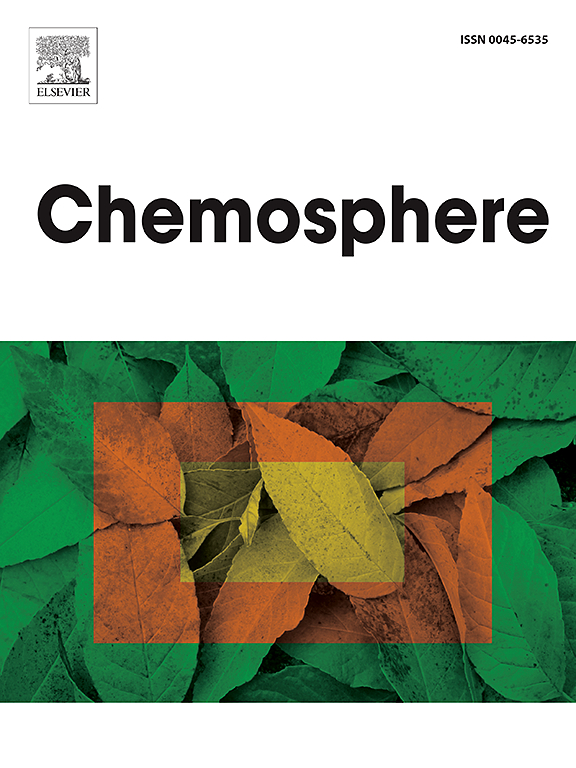Exploring strategies for kitchen waste treatment and remediation from the perspectives of microbial ecology and genomics
IF 8.1
2区 环境科学与生态学
Q1 ENVIRONMENTAL SCIENCES
引用次数: 0
Abstract
Nowadays, the rapid growth of population has led to a substantial increase in kitchen waste and wasted sludge. Kitchen waste is rich in organic matter, including lignocellulose. Synergistic treatment involving kitchen waste and wasted sludge can enhance treatment process. Vermicomposting can facilitate microbial activities on organic matter. Nevertheless, the underlying mechanisms remain unclear. In this study, metagenomics was used to analyze microbial functional genes in vermicomposting. Redundancy analysis found that TOC, TN and DTN adversely affect earthworm growth and reproduction. The relative abundance of Bacteroidetes and Firmicutes increased with earthworms, thereby potentially augmenting lignocellulose degradation. The predominant functional genes included amino acid, carbohydrate, and inorganic ion conversion and metabolism. Metagenomics analysis demonstrated that GH1, GH3, GH5, GH6, GH9, GH12, GH44, GH48 and GH74, GT41, GT4, GT2, and GT51 were dominant. Furthermore, there was higher abundance of carbohydrate-active enzymes in the vermicomposting, particularly during the later phases (30–45 days). Co-occurrence network revealed that Cellvibrio in the vermicomposting exhibited a relatively dense positive correlation with other microbial groups. The findings elucidated the mechanism of vermicomposting as a promising approach for managing kitchen waste and wasted sludge.

从微生物生态学和基因组学的角度探讨餐厨垃圾的处理和修复策略。
如今,人口的快速增长导致厨余垃圾和废弃污泥的大量增加。厨余垃圾含有丰富的有机物,包括木质纤维素。餐厨垃圾与废污泥协同处理可提高处理工艺。蚯蚓堆肥可以促进微生物在有机物上的活动。然而,潜在的机制仍不清楚。本研究采用宏基因组学方法对蚯蚓堆肥中微生物功能基因进行了分析。冗余分析发现,TOC、TN和DTN对蚯蚓的生长和繁殖有不利影响。蚯蚓增加了拟杆菌门和厚壁菌门的相对丰度,从而潜在地增强了木质纤维素的降解。主要功能基因包括氨基酸、碳水化合物和无机离子转化和代谢。宏基因组分析显示,GH1、GH3、GH5、GH6、GH9、GH12、GH44、GH48和GH74、GT41、GT4、GT2和GT51是显性基因。此外,蚯蚓堆肥中碳水化合物活性酶的丰度较高,特别是在后期(30-45 d)。共现网络结果表明,蚓粪堆肥中的Cellvibrio菌群与其他微生物群呈较密集的正相关关系。研究结果阐明了蚯蚓堆肥作为处理厨房垃圾和废弃污泥的一种有前途的方法的机制。
本文章由计算机程序翻译,如有差异,请以英文原文为准。
求助全文
约1分钟内获得全文
求助全文
来源期刊

Chemosphere
环境科学-环境科学
CiteScore
15.80
自引率
8.00%
发文量
4975
审稿时长
3.4 months
期刊介绍:
Chemosphere, being an international multidisciplinary journal, is dedicated to publishing original communications and review articles on chemicals in the environment. The scope covers a wide range of topics, including the identification, quantification, behavior, fate, toxicology, treatment, and remediation of chemicals in the bio-, hydro-, litho-, and atmosphere, ensuring the broad dissemination of research in this field.
 求助内容:
求助内容: 应助结果提醒方式:
应助结果提醒方式:


